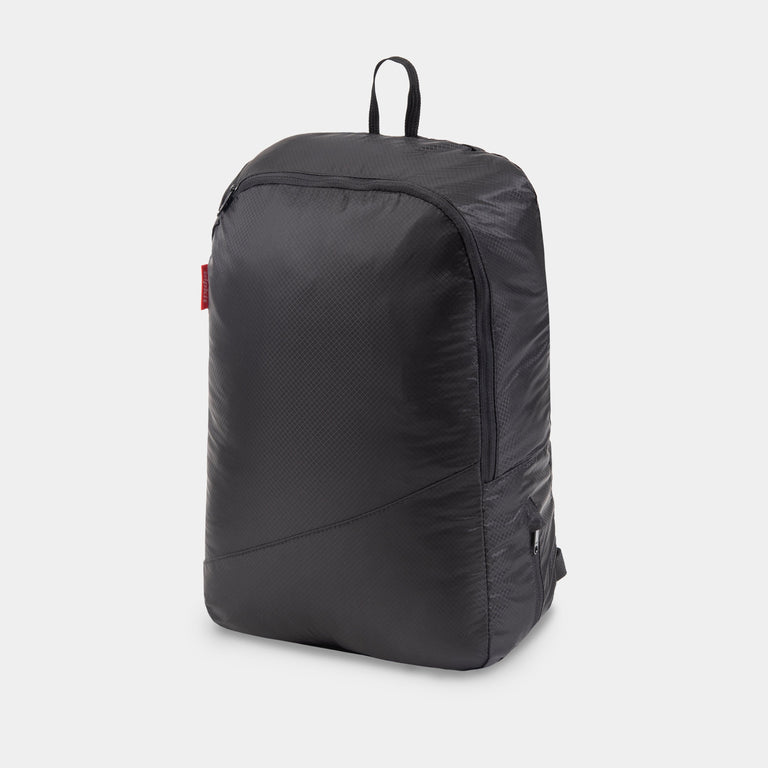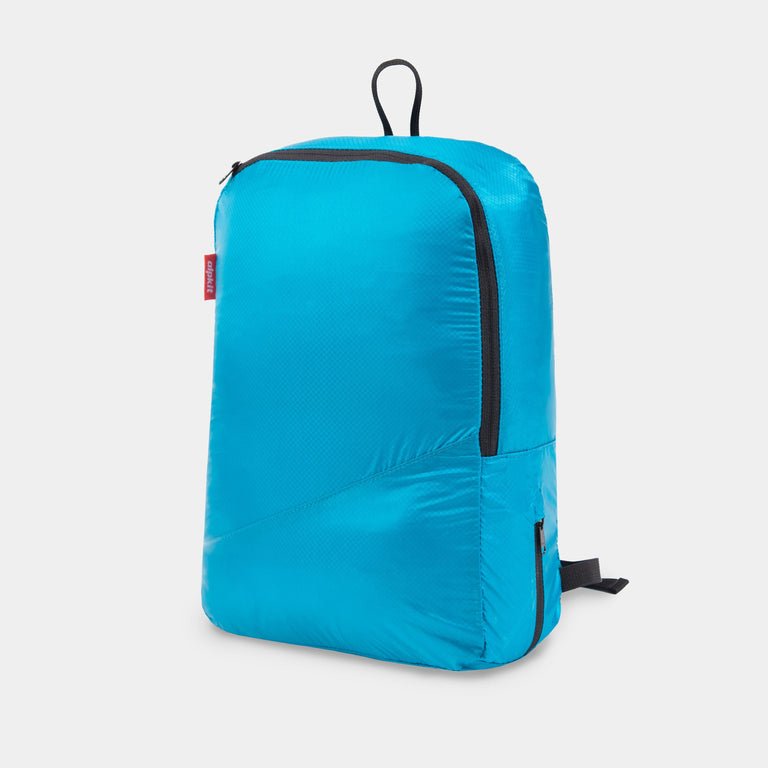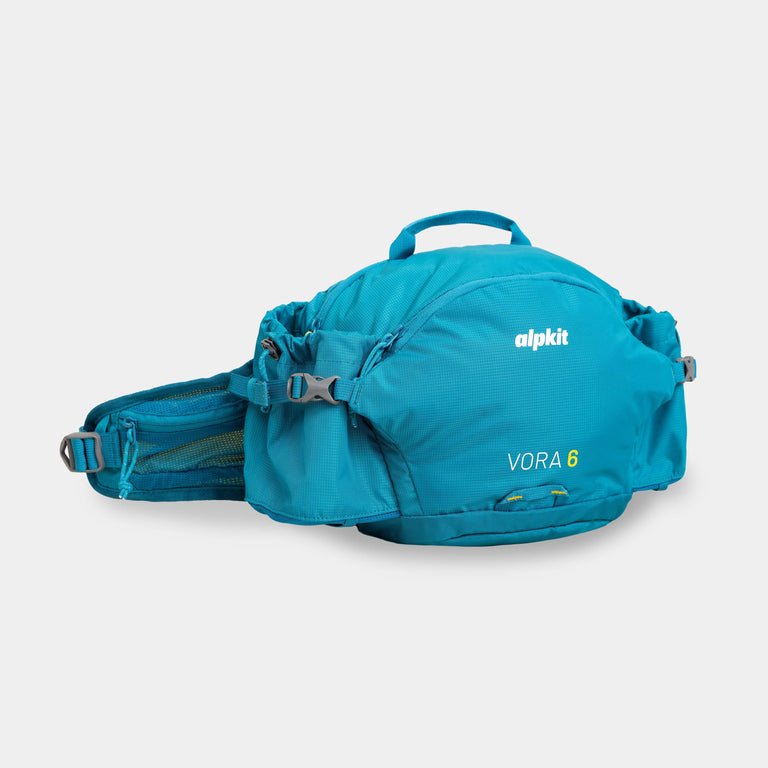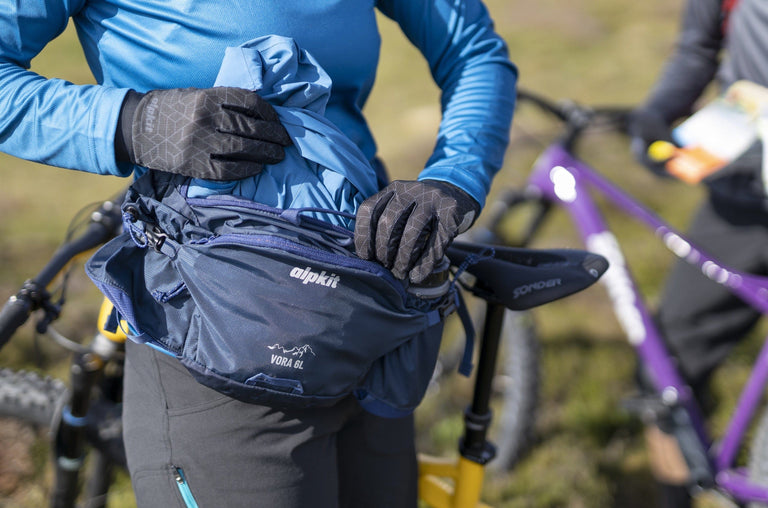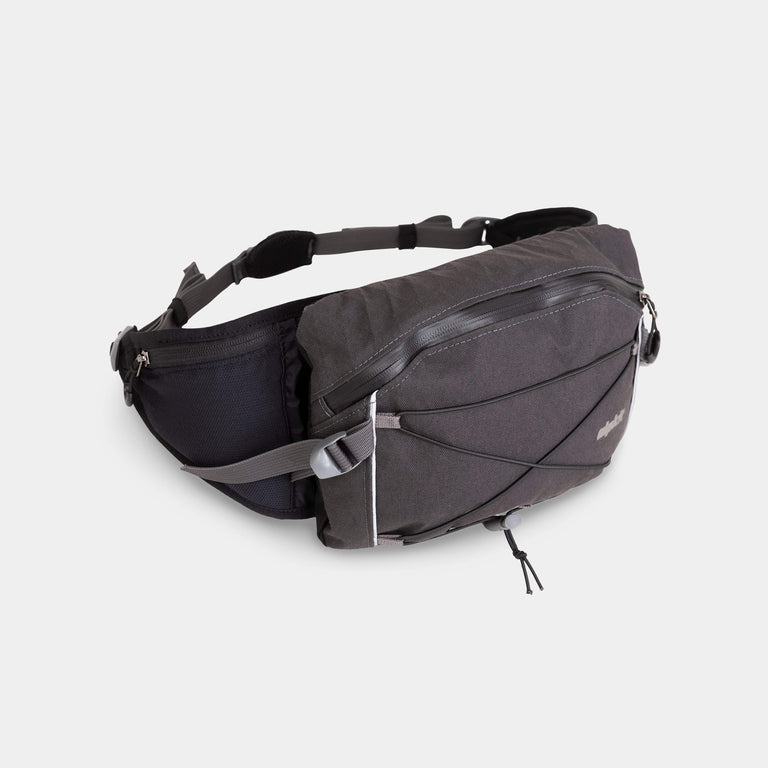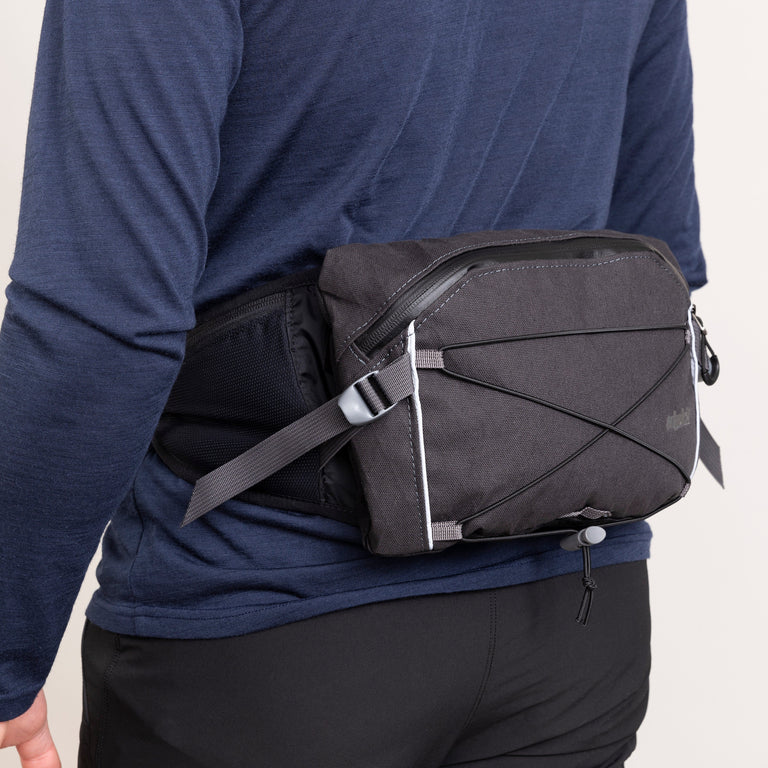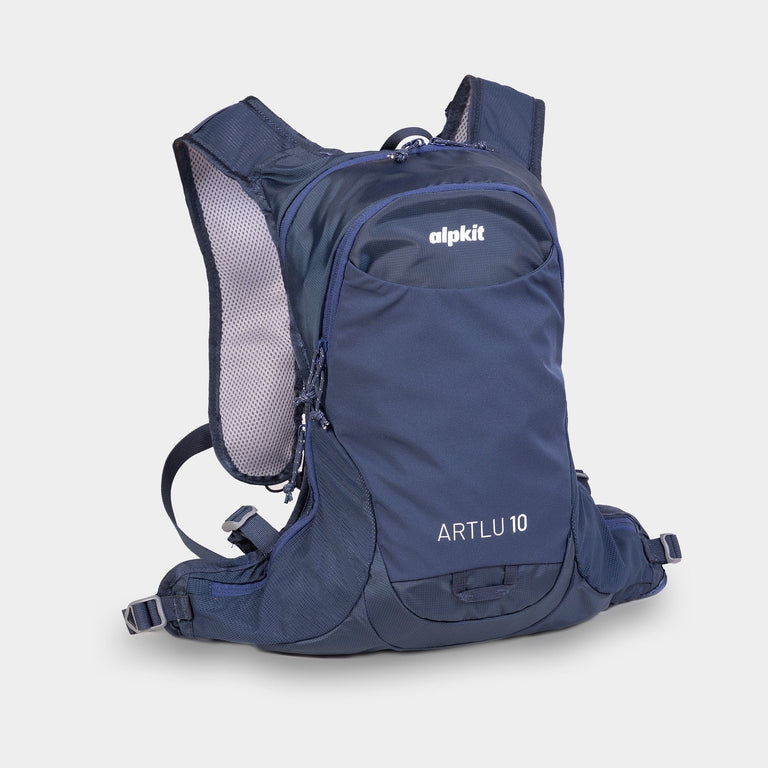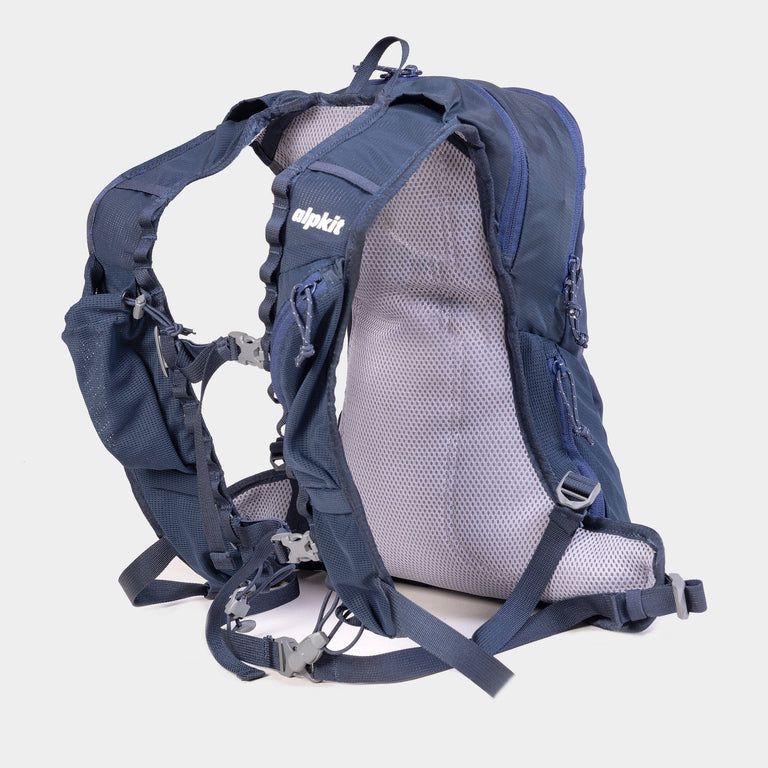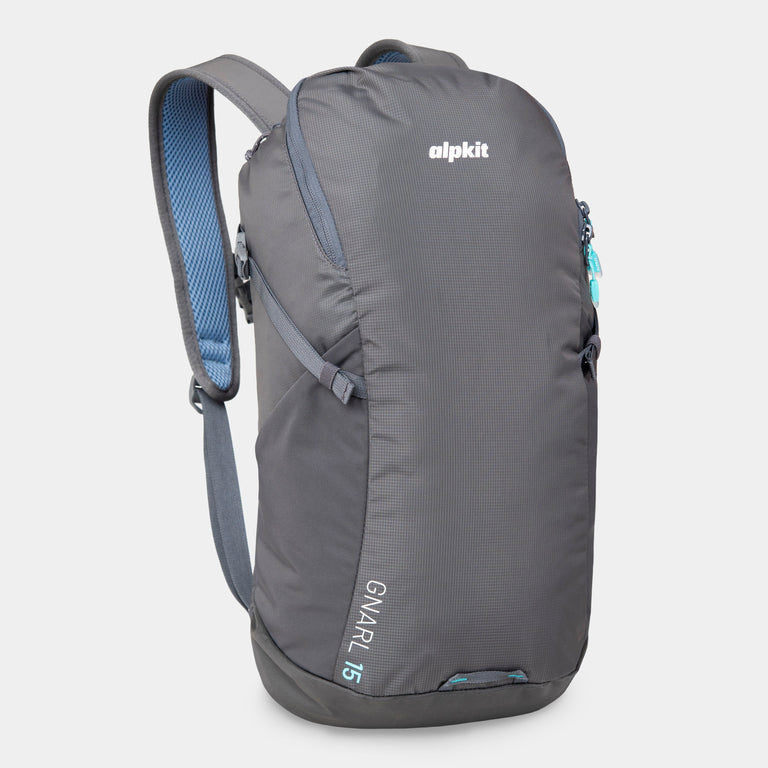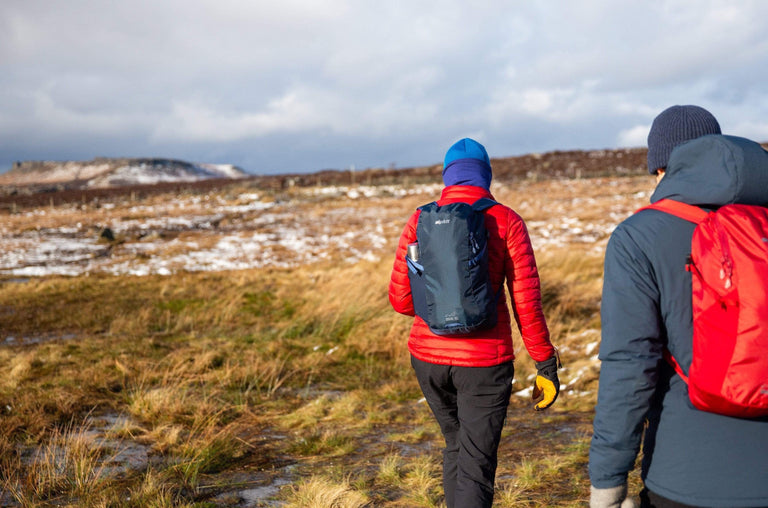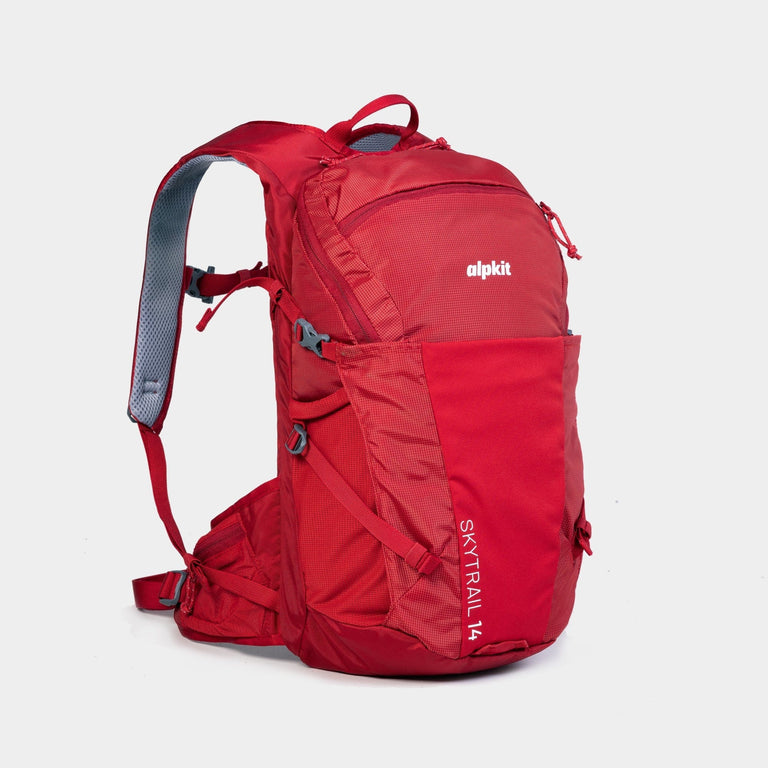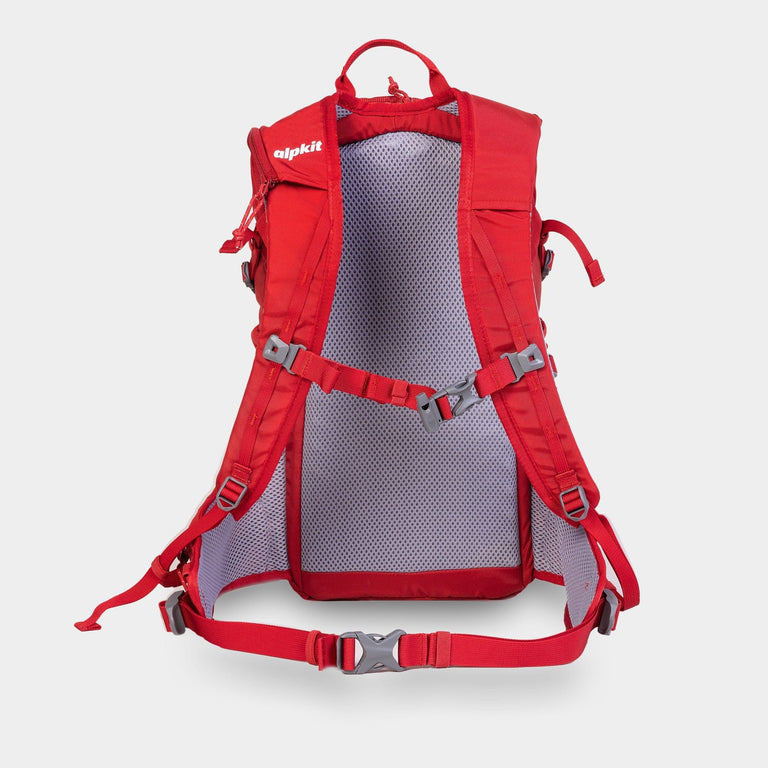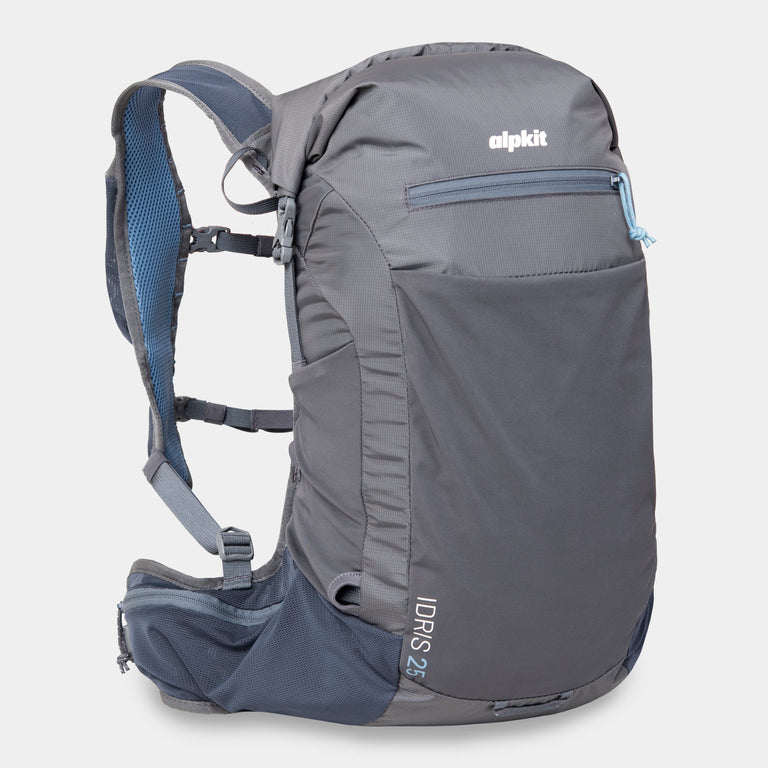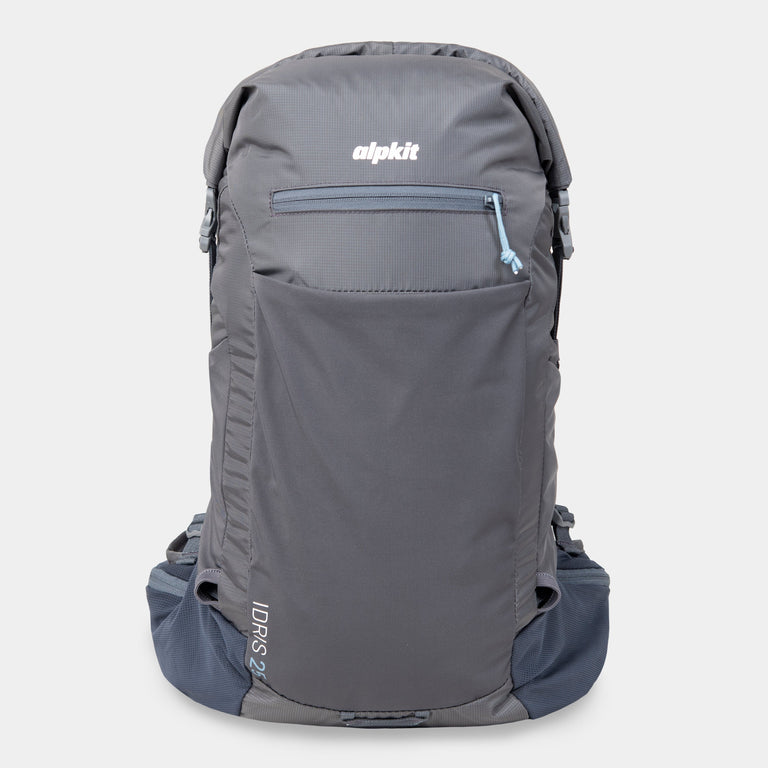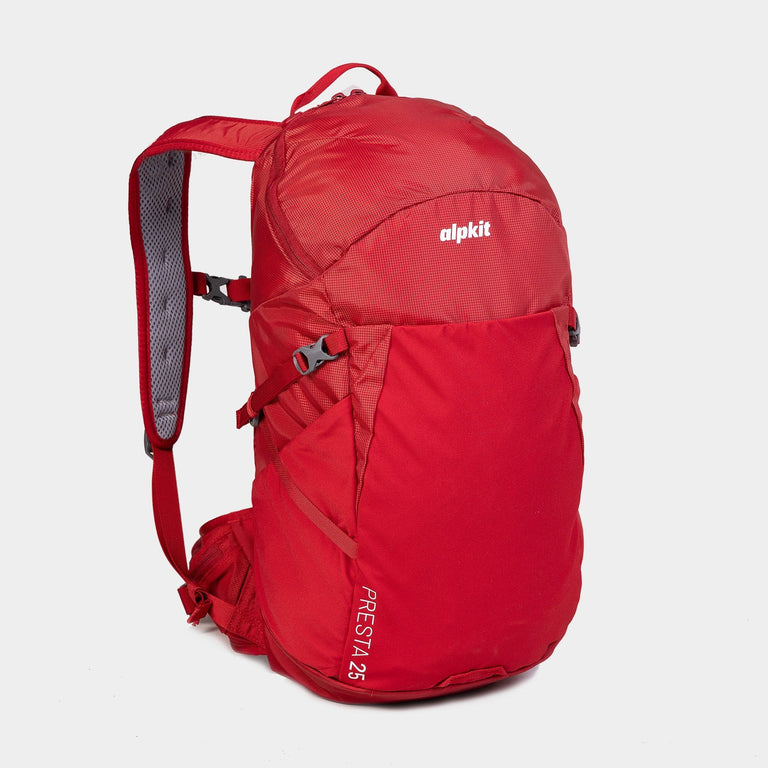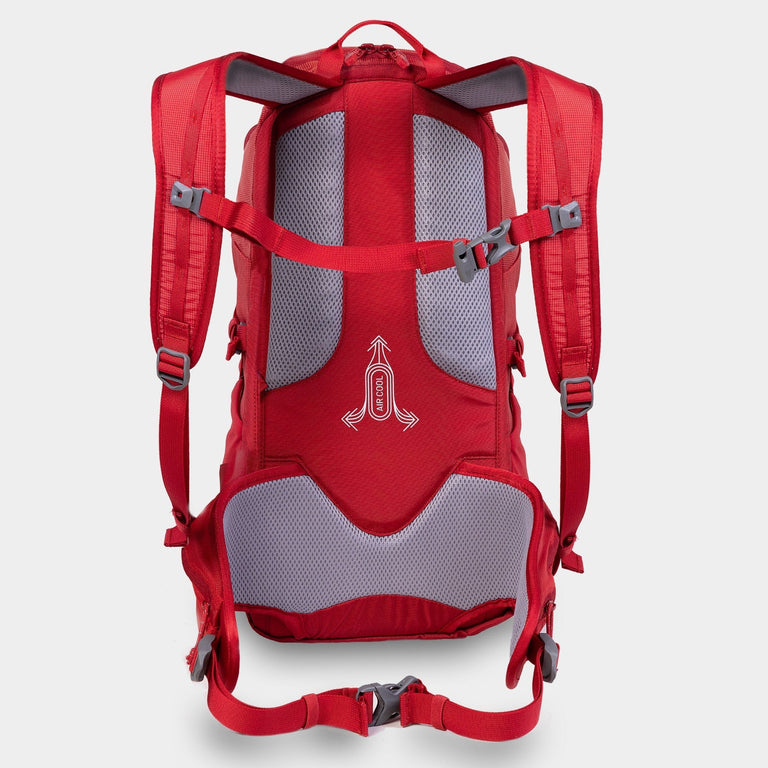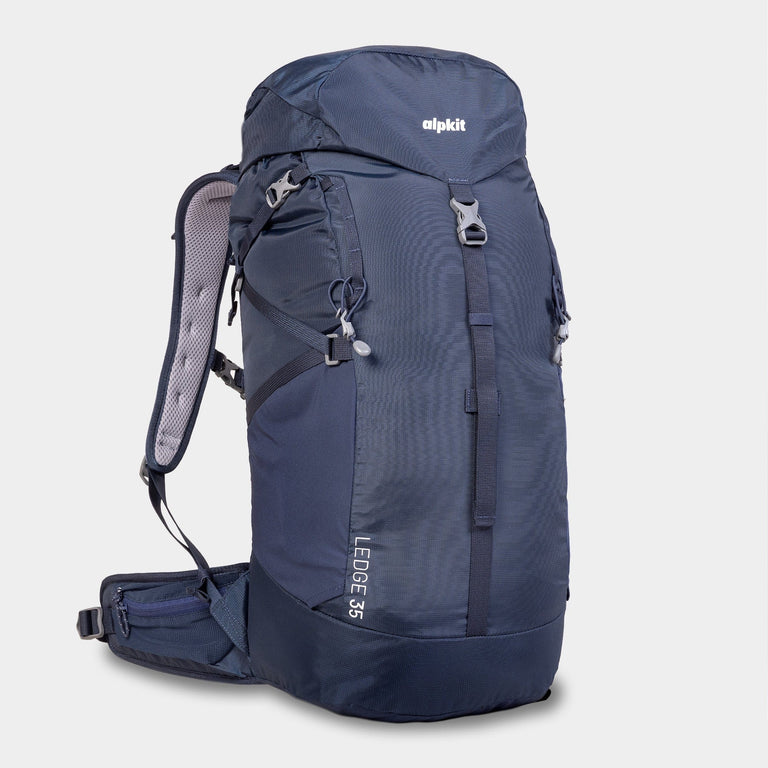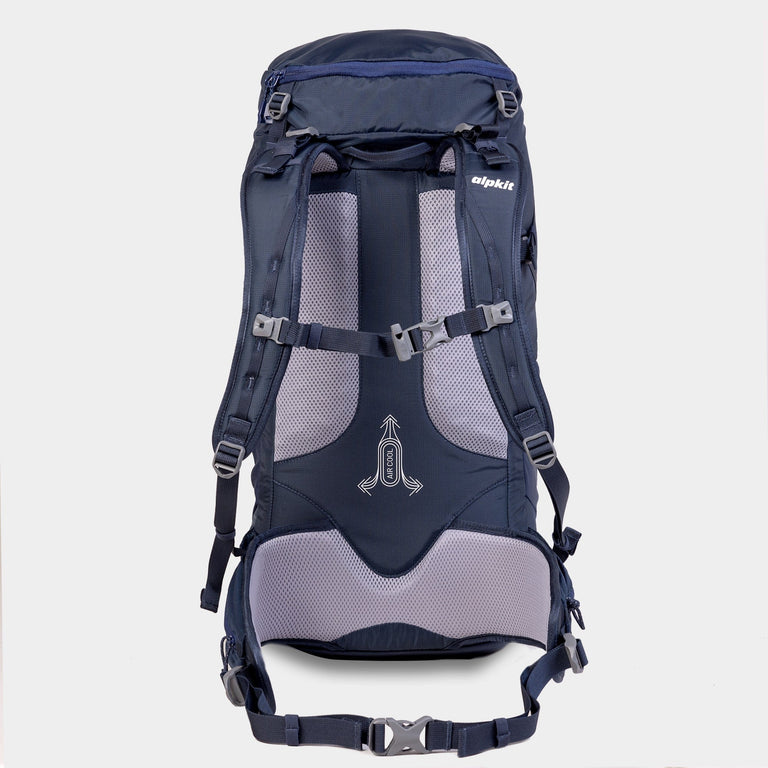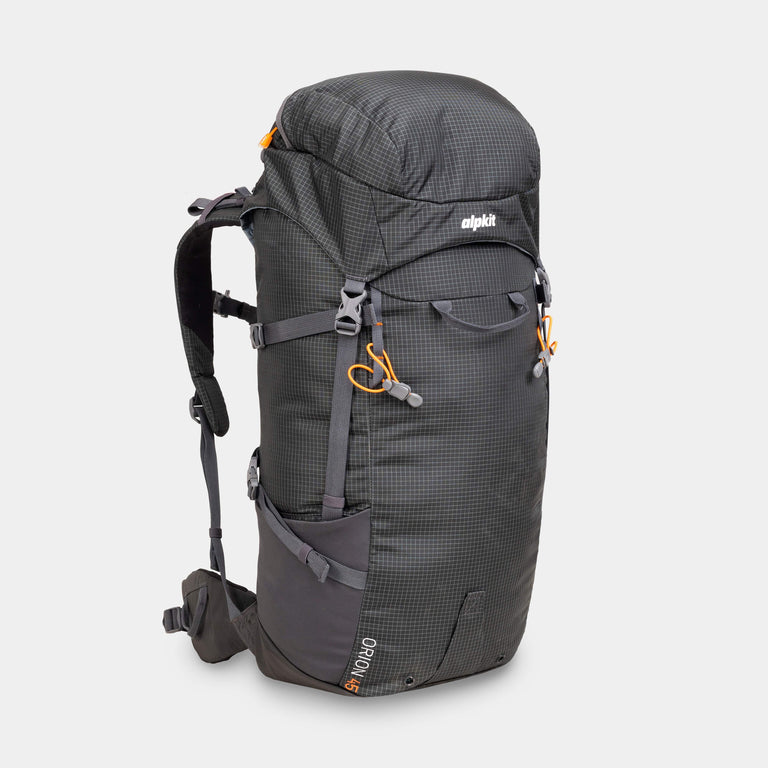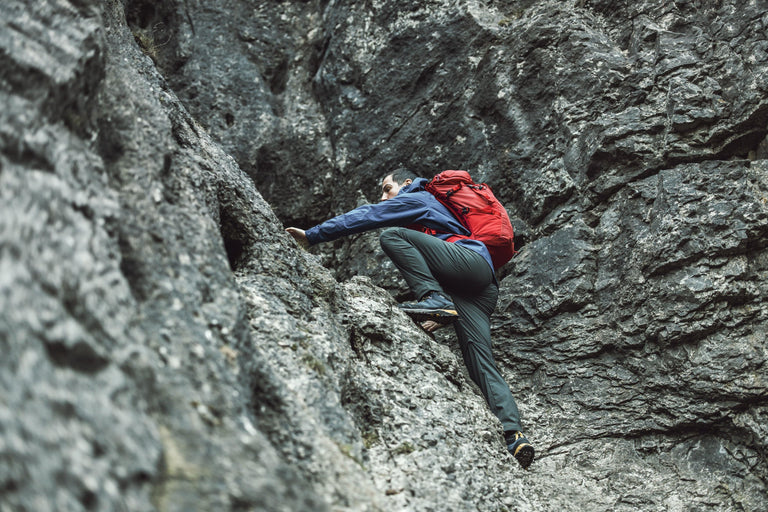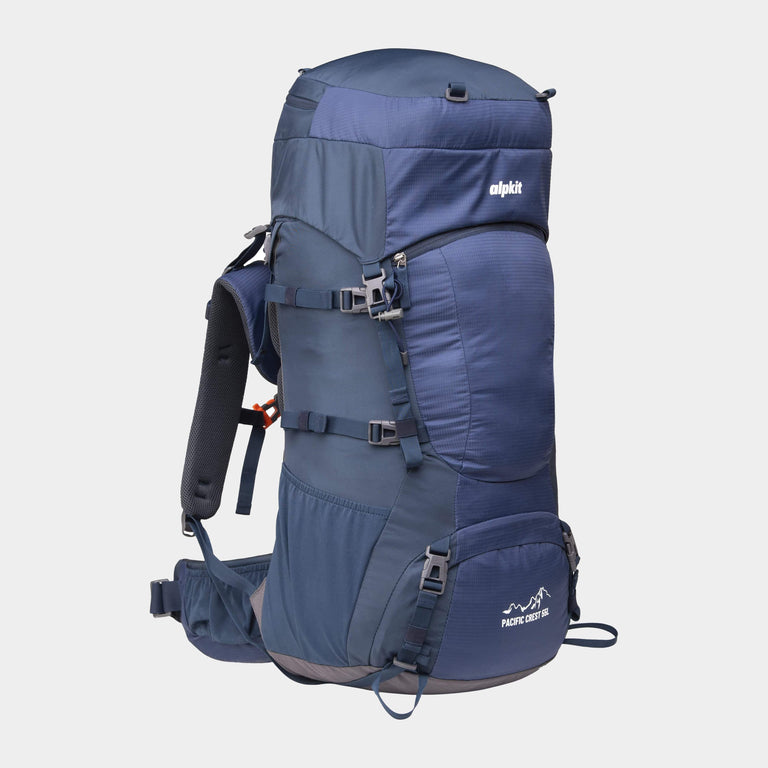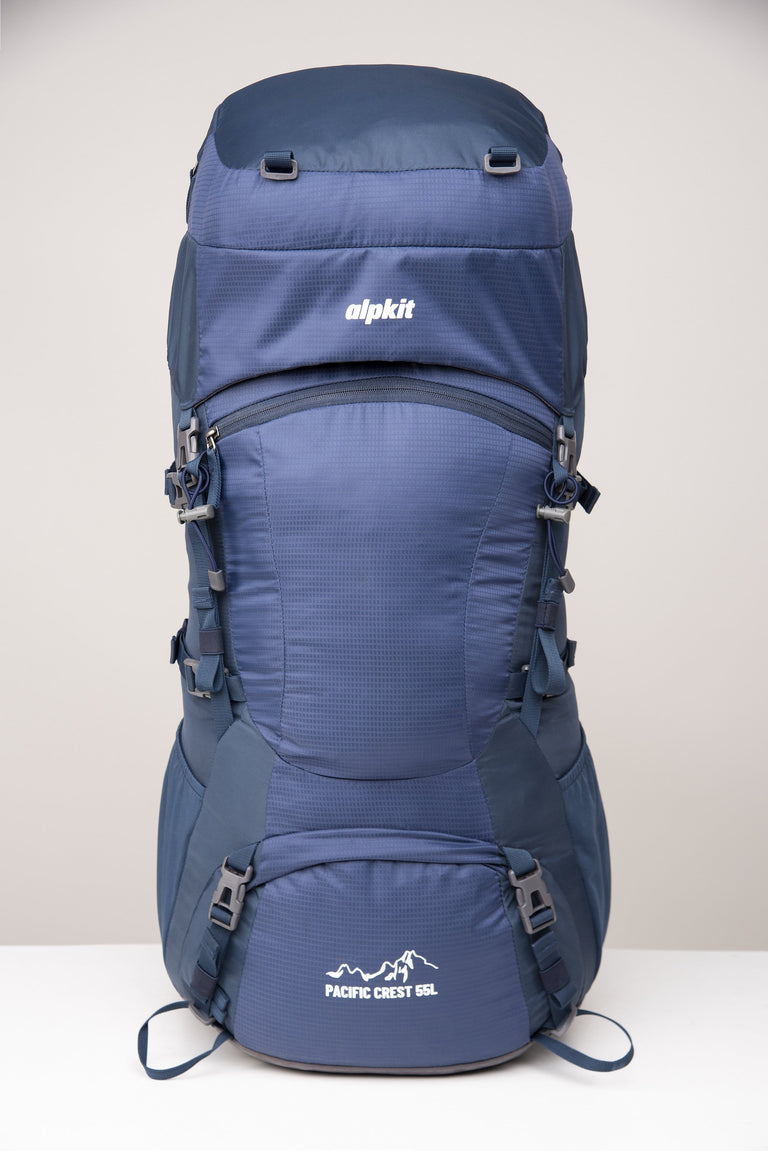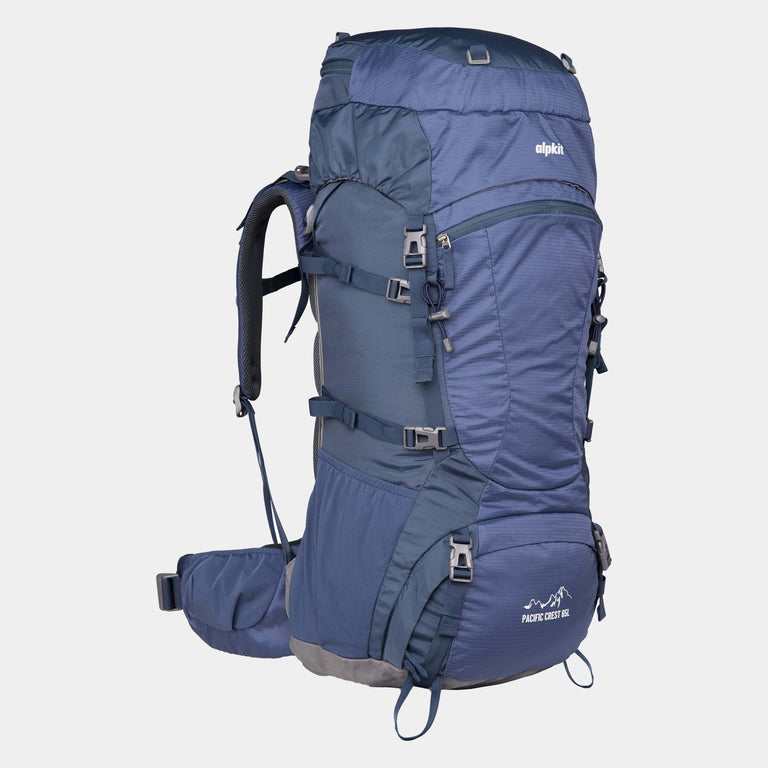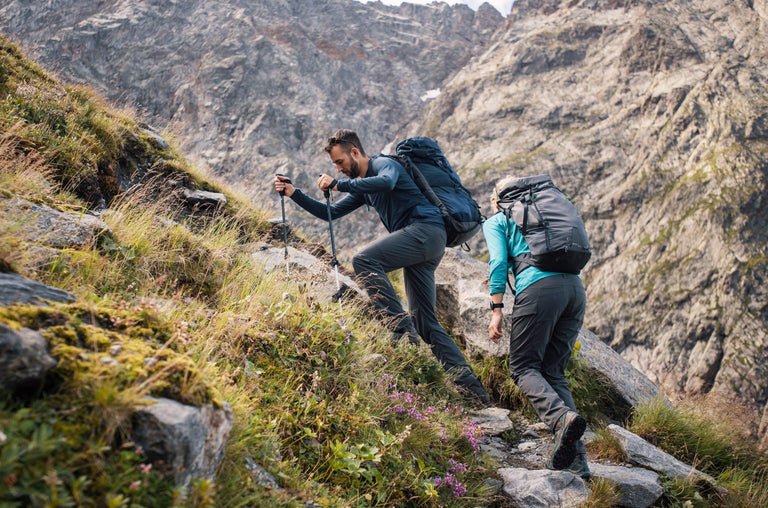
Survival kits are a backpacking essential. Learn what to include and why they matter, so you’re ready for any situation nature throws at you on your journey.
It can be tempting to shave every last unnecessary gram from your backpacking kit in the quest for lighter shoulders and longer distances. But there are some items you should never leave out, no matter how infrequently you actually have to use them. Here’s everything you need to know about backpacking Survival Kits.
- What is survival kit?
- Why is a survival kit important?
- When should I pack my emergency kit?
- 10 essentials for your backpacking survival kit

What is survival kit?
Survival Kit is all the kit you hope you’ll never need but should always throw in your rucksack anyway. If you get into trouble in remote moorland or deep wilderness, a good Survival Kit will keep you safe and alive (gulp) long enough to get help or get out.
Why is a survival kit important?
You can take every precaution but there’s no accounting for the unexpected when you’re many miles from civilisation. A sprained ankle, running out of water or sudden bad weather wouldn’t be a problem on Catbells. But it could be a big problem in a trackless wilderness like the Fisherfield Forest!
Backpacking is all about self-sufficiency, so carrying a Survival Kit ensures you can look after yourself even when the very worst happens. We’re not talking sawing your arm off à la 127 Hours – probably just waiting it out long enough for Mountain Rescue to arrive! Yes, it’s extra weight, but a few extra grams are worth carrying if it keeps you safe.

When should I pack my emergency kit?
What goes in your survival kit will depend on the nature of your trip, so it makes sense to pack it when you’re doing the rest of your pre-trip planning. It’s unlikely you’ll need that snow shovel and avalanche beacon in the height of summer!
That said, it makes sense to carry basic emergency kit (survival bag, whistle, head torch, basic first aid) on any activities where you know you could be many miles from the nearest settlement. Having a basic Survival Kit packed and ready in a small stuff sack or drybag means you can throw it in your rucksack for day walks and long runs without even having to think about it.

10 Essentials for your backpacking survival kit
Your full survival kit will vary significantly depending on the nature of your trip, but we think these items are essential for every backpacking adventure:
1) Map and Compass
Despite the advances in smart phone apps and GPS devices, you should always carry a map and compass. Ideally a map case too if your map isn’t waterproof. If you listen carefully, you can just about hear Mountain Leaders across the country muttering: “would you trust your life to a battery?” We wouldn’t!
2) First Aid Kit
You can buy readymade Backpacker’s First Aid Kits which supply everything you need for every eventuality. But if you know what you need, you can always pack your own in a separate waterproof dry bag. The essentials are usually: painkillers; a bandage for sprains (reusable ones are good); plasters, dressings, wound wipes and tape; dioralyte for dehydration; and tick tweezers – Lyme’s Disease can be nasty. We normally pack specific blister plasters as well, although some old pros swear by zinc oxide tape.
3) Head torch
As well as allowing you to see where you’re going if you get benighted, a head torch can be used to help signal for help if you become stranded/injured and can’t go on. It’s always a good idea to carry spare batteries or even a spare head torch just in case.

4) Survival Bag
Survival bags keep you warm for long enough for help to arrive and are usually bright orange so you can be spotted easily in an emergency. Survival bags come in lots of different forms, from the traditional heavy plastic ones to lightweight foil bags. Foil-lined survival bags are particularly effective: as well as keeping the wind off, the foil reflects heat back against your body. You could also carry a Group Shelter if backpacking in a group. Made from lightweight windproof materials, these bright orange shelters create a warm microclimate inside for protection.
5) Whistle
It takes a lot less energy to puff into whistle than it does to repeatedly scream “HEEEEELLLLPPPPP” into the void! A loud whistle can be used to signal for attention and its sound carries a deceptively long way.
6) Water Filter / Purification Tablets
It’s impossible to carry all the water you need for a multi-day backpack. Fast-flowing water from remote mountain streams is generally pretty clean, but it’s always better to be safe than sorry. A simple, lightweight water filter removes any particles, bacteria and other biological nasties. These don’t remove viruses though so it’s a good idea to carry chlorine or chlorine dioxide tablets as well. This means you can drink from even the most stagnant of ponds in an emergency.

7) Emergency Food
Pack food that won’t go off and, most importantly, food that’s full of calories. A combination of carbohydrates, proteins and fats will provide the right mix of instant and slow-release energy. Avoid dehydrated/freeze-dried foods as you don’t want to be faffing about trying to get water to boil in an emergency.
It's a good idea to prepare a food plan for your backpacking trip so you know what you can happily munch on, and what needs to stay stowed away as emergency rations.
8) Solar Charger / Battery Pack
A solar panel or battery pack can be used to make sure your devices don’t run out of charge in an emergency. A fully charged phone can be used to contact the emergency services and a GPS device can be used to provide grid coordinates or be used in tandem with your map and compass to assist navigation.
9) Firelighter with tinder
Fire lighters are a reliable back-up to your matches or lighter – your stove (and all that dried food) is a bit useless without the means to light it. They also give you the option of lighting a fire to keep warm if there’s dry firewood available. Some areas have restrictions on open fires though and we’d never recommend lighting fires on dry moorland, even in an emergency.
10) Paracord / Duct tape
Some things you pack just on the basis that they’ll probably come in handy. Whether it’s fixing your tent or, at the worst, fixing a split to your leg, there are endless uses to duct tape and paracord.
Top Tip
With their heavy power usage and frequently unreliable batteries (especially in cold weather) smart phones can’t always be relied upon in an emergency. You can pick up cheap pay-as-you-go phones for around £15 which have incredible battery lives (30 days plus) and weigh just a fraction of your heavy smart phone.
